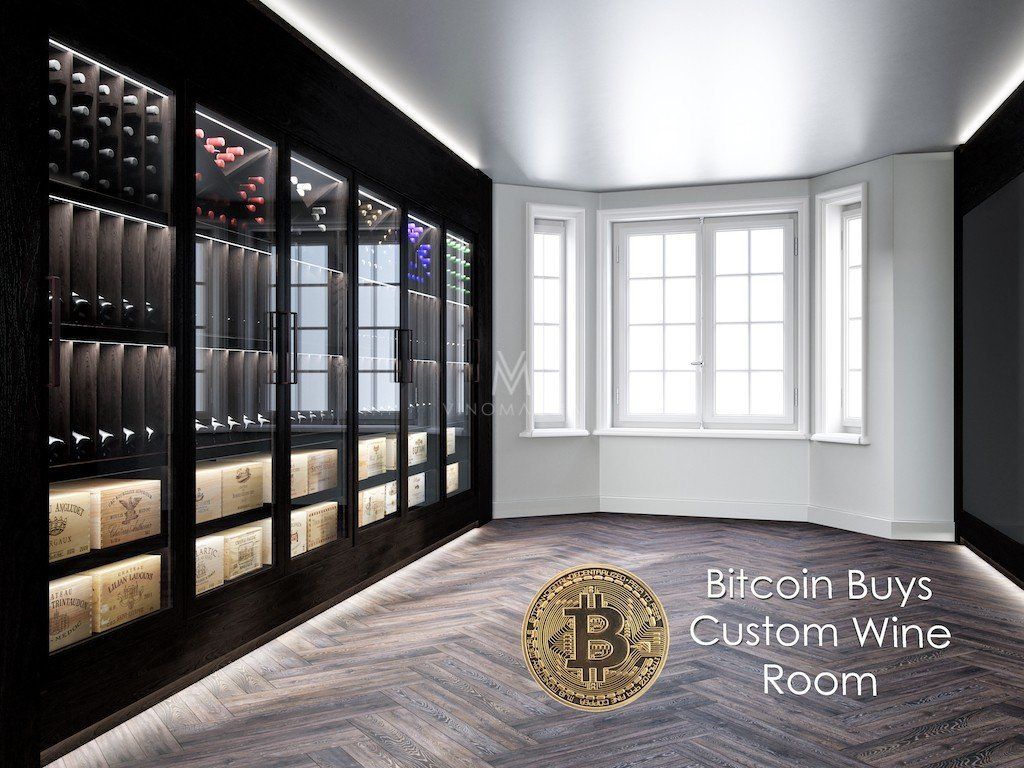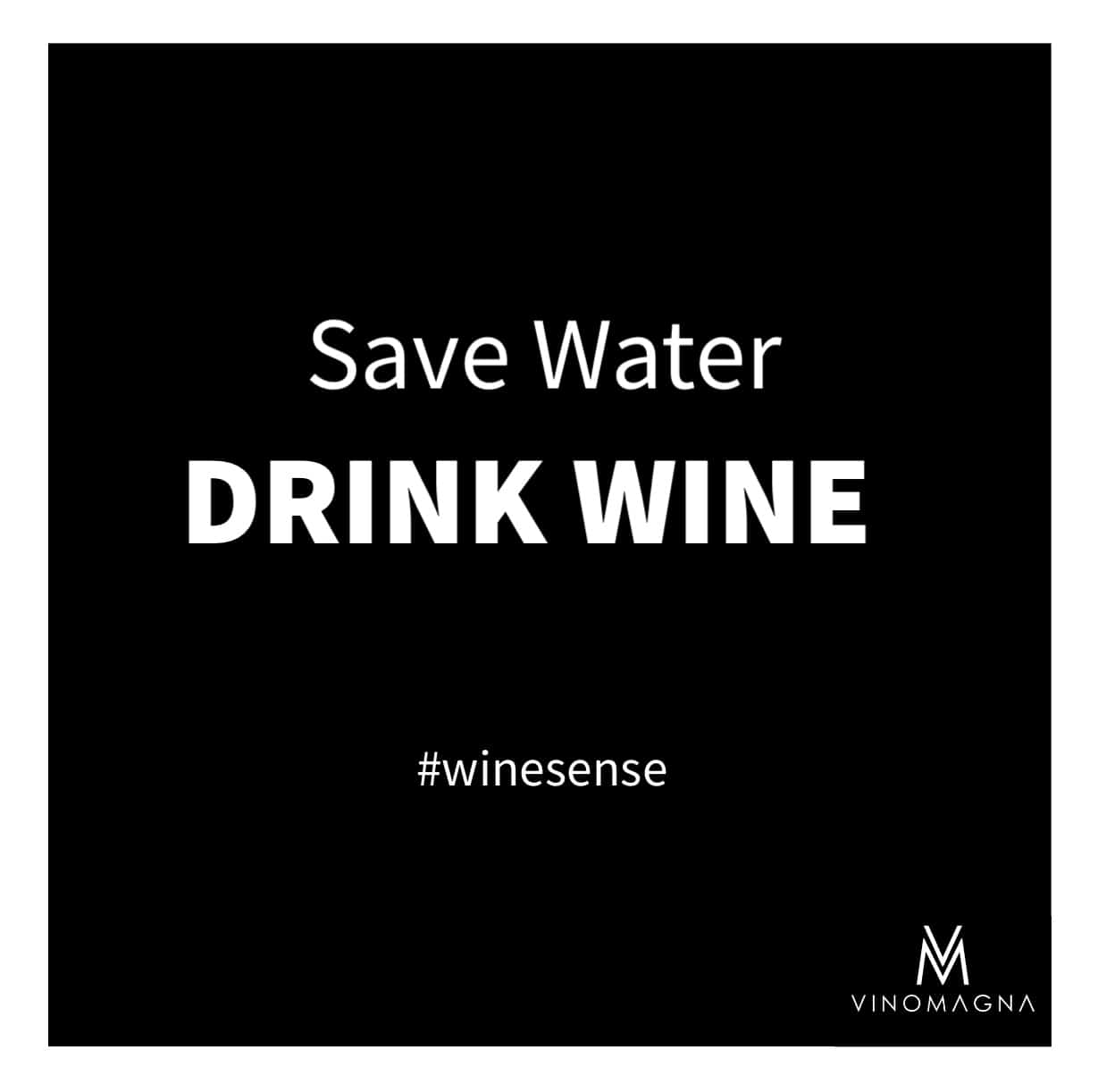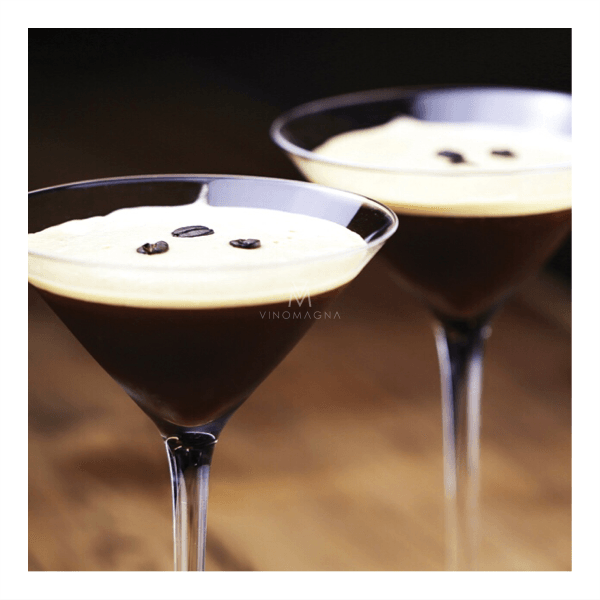Wine Wall Refrigeration – Is Your Wine Safe In Summer?
Keep Your Wine Feeling Fine
Summer is here. It’s a hot 22 degrees in the UK (scorching for British standards) – out come the vests, baseball caps and sunscreen. Out come the paddling pools, water guns and that chilled glass of wine. But then you remember – what about the custom wine wall in your cellar? Will it be ok? Should it be cooler down there?
Do I need wine wall refrigeration?
Don’t worry; in this latest news post we’ll discuss the correct temperatures and procedures in order to keep your fine wines at their best with our short summer guide.
Wine Wall Refrigeration – Nice And Cool
Wine and heat don’t usually tend to mix well, and temperatures higher than 21°C (70° F) will age your wine a lot faster than you’ll want it to – so try to keep it chilled in the best way possible during summer. You can actually “cook” your wine if the temperature gets too high, killing the beautiful rich flavours and aroma. To put it shortly, yes – you will need to get wine wall refrigeration installed and control the temperature so that you keep your fine wine’s tasting and smelling incredible during hot summer weather.
The Perfect Temperature
So there’s no “perfect” temperature per se, but an ideal range is between 10° C and 14° C (50° F – 57° F) and should keep your wine at its optimal state. Once tricky to achieve during hot and humid summer conditions, luckily there are solutions today.
Air Conditioning to the rescue? Not so much. If the temperature is controlled by an air conditioning installation, this causes the corks to dry out and allow air to seep in from the lack of moisture – spoiling your wine. It is an absolute must to control the temperature with custom climate control and in this case, wine wall refrigeration in order to keep the wine at the desired cool temperature without drying out the wine.
Keeping It Constant
One of the most important factors when storing your wine even more than the “perfect” temperature – is the consistency in temperature. Rapid and sudden changes in the temperature and humidity on a frequent basis will expand and contract the liquid, leading to all kinds of problems such as the cork being forced out and causing the wine to seep through. Avoiding these rapid temperature swings is paramount in ensuring that your wine keeps its flavour and aromatic properties as many have found summers in the UK have had very drastic changes in the temperature on a day-to-day basis.
Wine cellar climate control allows absolute total control on the temperature in your wine cellar, keeping consistency in both temperature and humidity that won’t let the hot climate affect its maturing process.
Lights Out
Degradation of wine can occur from sunlight, in which the UV rays penetrate and age the once-gorgeous wine prematurely in your beautiful wine wall – something to remember if you’ve got your wine wall in an exposed location with direct sunlight. You’ve probably wondered why wine have coloured glass bottles (usually green)- it basically acts as a shield a lot like wearing sunglasses, preventing wines from oxidation which is a common fault with wine. Household light bulbs aren’t a huge problem as they don’t damage the wine, just keep them dim as the labels can fade. If possible, use fluorescent bulbs over incandescent bulbs due to the minimal amount of UV light emitted.
Up, Down or Sideways?
Wine cellars have typically stored bottles on their side to stop the corks drying out from the liquid wine being kept against it. Correct bottle ullage and cork contact ensures cork life span and natural breathing of the wine. However, horizontal storage of wines in a rack also helps save space, keep your wine for the long-term and looks a lot nicer too. While not necessary for wine consumed within a short period of time, it does add lot bit of oomph to the style of your home wine cellar – who doesn’t like to see an old-school wine rack in your cellar?
Humidity
Summer time is here, so it is definitely worth keeping an eye on humidity levels in case it gets too dry. Humidity is a key important factor when storing your wine and making sure it tastes as good as it can. Typically, wines should be stored at a Relative Humidity (RH) of around 60-65%. If the air is too dry, this will lead to the corks to dry out – allowing air in to spoil the fine wine, especially in 10+ years storage. It’s always a good thing to install a dehumidifier to keep your wines at its peak consistently and avoid a build up of mould from damp conditions. The mould probably won’t affect your sealed wine, but the labels definitely will get damaged and dampened. If you’re not so much of a perfectionist, anywhere between 50% and 75% is safe.
Don’t Let It Out
Just keep the bottle shaking to a minimum, we know it’s tempting to get all the wines out in the sun. Wine spoils very easily if left outside, so refrain from opening any bottles or leaving them in front of all your friends out in the garden. Exposing the wine to hugely varied temperatures and conditions will cook and destroy the flavours. Don’t let them out of the cellar!
Should I Invest In a Wine Wall Refrigerator?
In our opinion, yes – it’s an absolute must. Whether you’re a beginner starting out or a professional looking to make improvements where possible, wine wall refrigeration will keep your wines perfectly cool in the blazing hot summer we have ahead of us. Your wines will become your new obsession, and you’re going to want to make sure they mature as fine as possible. Don’t let your hard work go to waste, it’s not worth it. Check out a recent wine wall project below
Based in London? Contact us today for the best bespoke wine cellar climate control solutions in London here.
The post
Wine Wall Refrigeration – Is Your Wine Safe In Summer? appeared first on
Vinomagna .
Share



